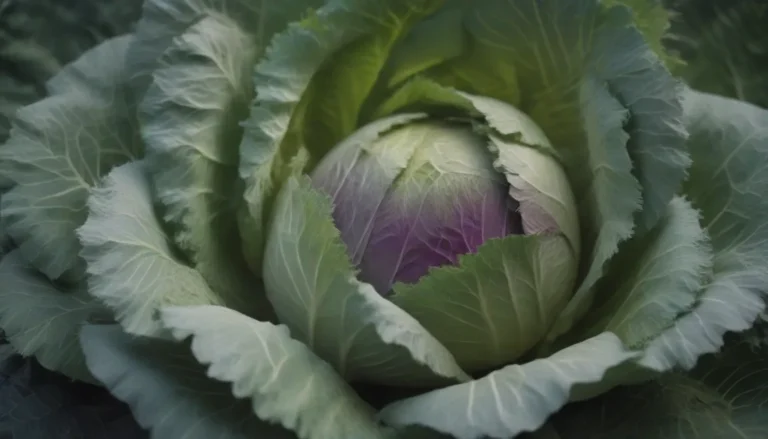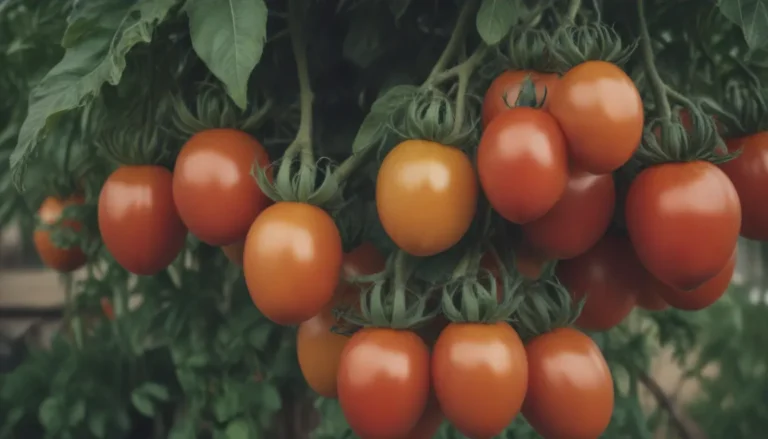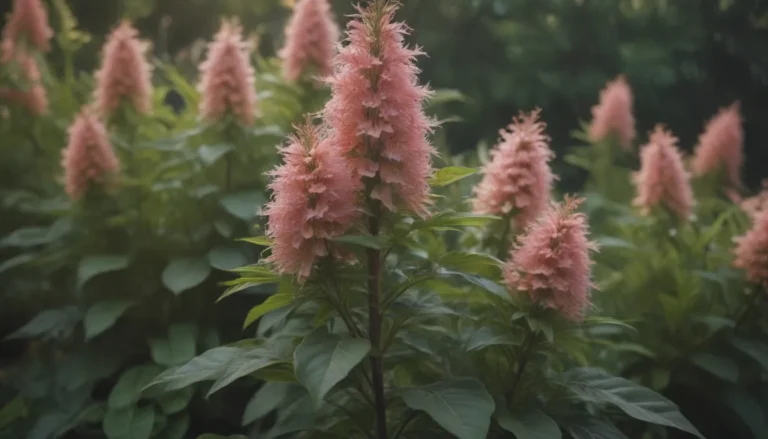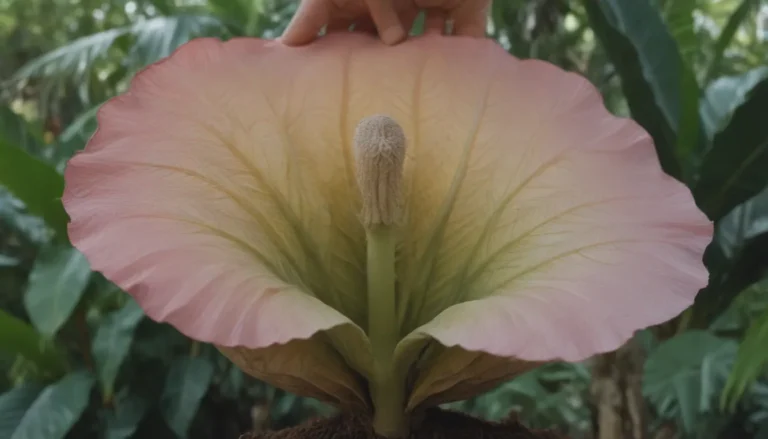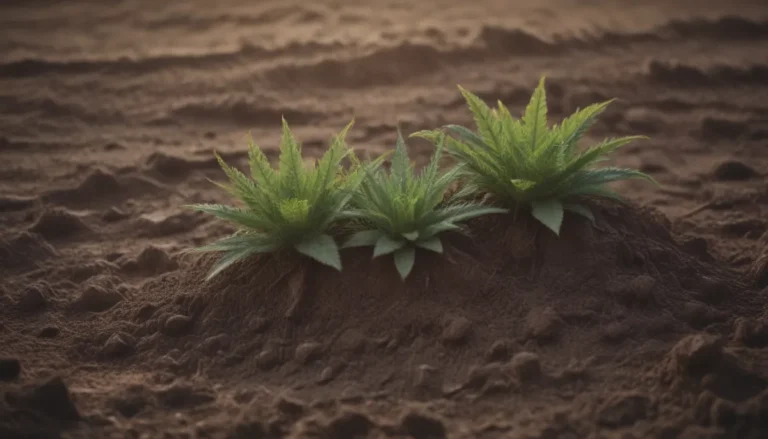A Comprehensive Guide to Growing and Caring for Climbing Sea Onion Plants
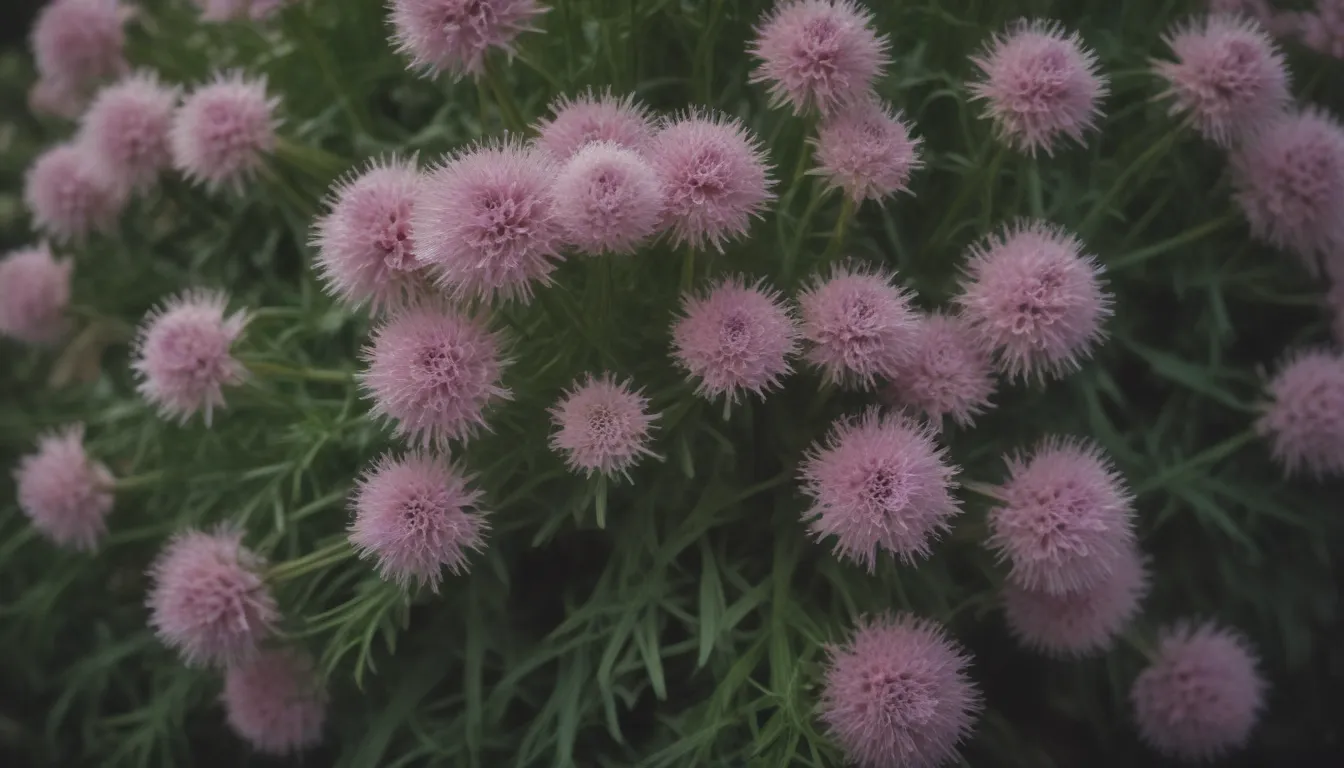
Are you looking to add a unique and visually interesting plant to your garden or indoor space? Look no further than the Climbing Sea Onion Plant, also known as Bowiea volubilis. Despite its name, this plant is not actually an onion and is not edible. Part of the Asparagaceae family, the Climbing Sea Onion Plant is a tropical, tender perennial that can thrive in USDA Zones 10 and 11.
Getting to Know the Climbing Sea Onion Plant
In its native habitat, the bulb of the Climbing Sea Onion Plant can grow up to 8 inches wide, although it typically reaches around 4 inches in pots. About 10 percent of the bulb remains in the soil, with slender stems branching out into feathery stalks that can grow up to 2 feet tall. A fast-growing vine emerges, producing delicate greenish-yellow and white flowers in the winter months.
Climbing Sea Onion Care Tips
Taking care of a Climbing Sea Onion Plant requires a few key considerations to ensure its health and longevity. Here are some important care tips to keep in mind:
- Light: Provide your Climbing Sea Onion with plenty of light, especially if kept indoors. During the warmer months, moving your plant outside to soak up some full sun can also be beneficial.
- Soil: Use well-drained soil, such as a cactus mix or a combination of potting soil and sand, to ensure proper growth.
- Water: Water your plant regularly during the growing season, but be careful not to overwater. Allow the soil to dry out slightly between waterings to prevent root rot.
- Temperature and Humidity: The Climbing Sea Onion Plant thrives in warm temperatures and moderate humidity, similar to its native South Africa.
- Fertilizer: This plant generally does not require fertilizer, as long as the bulb continues to produce well and store enough carbohydrates for growth.
Types of Climbing Sea Onion Plants
There are two subspecies of the Climbing Sea Onion Plant:
- Bowiea volubilis subsp. gariepensis: This subspecies has shorter stems and thicker leaves, blooming in the fall.
- Bowiea volubilis subsp. volubilis: Widely used in Africa for medicinal purposes, this subspecies offers unique characteristics sought after for various uses.
Pruning and Propagating
After the Climbing Sea Onion Plant finishes blooming, the stalks will dry out, and the plant will go dormant. Prune the dried stems as needed and allow new growth to appear.
Propagation is typically done by division every five years to replenish the soil. While seed set is rare, you can also propagate the plant by cutting the bulb scale and planting it in moist soil.
Growing from Seed and Potting Tips
If you decide to grow your Climbing Sea Onion Plant from seed, sprinkle the seeds on top of the soil and cover them lightly with pumice. Keep the seeds warm, well-lit, and watered daily for successful germination.
When potting or repotting your Climbing Sea Onion, choose a container only slightly larger than the bulb with drainage holes to prevent root rot. These plants prefer crowded conditions and can benefit from a trellis for support as they grow.
Overwintering and Common Issues
In colder climates, ensure your Climbing Sea Onion Plant is protected from freezing temperatures with a layer of mulch. If kept in pots, be mindful of temperature fluctuations to prevent damage or death. While this plant is generally resistant to pests, root rot can occur with overwatering, so proper drainage is essential for its health.
In conclusion, the Climbing Sea Onion Plant is a unique and visually striking addition to any garden or indoor space. With the right care and attention to its specific needs, you can enjoy this plant’s beauty for many years to come. Whether you’re a seasoned gardener or a plant enthusiast looking to expand your collection, the Climbing Sea Onion Plant is sure to captivate and delight with its exotic charm and fascinating growth habits.
